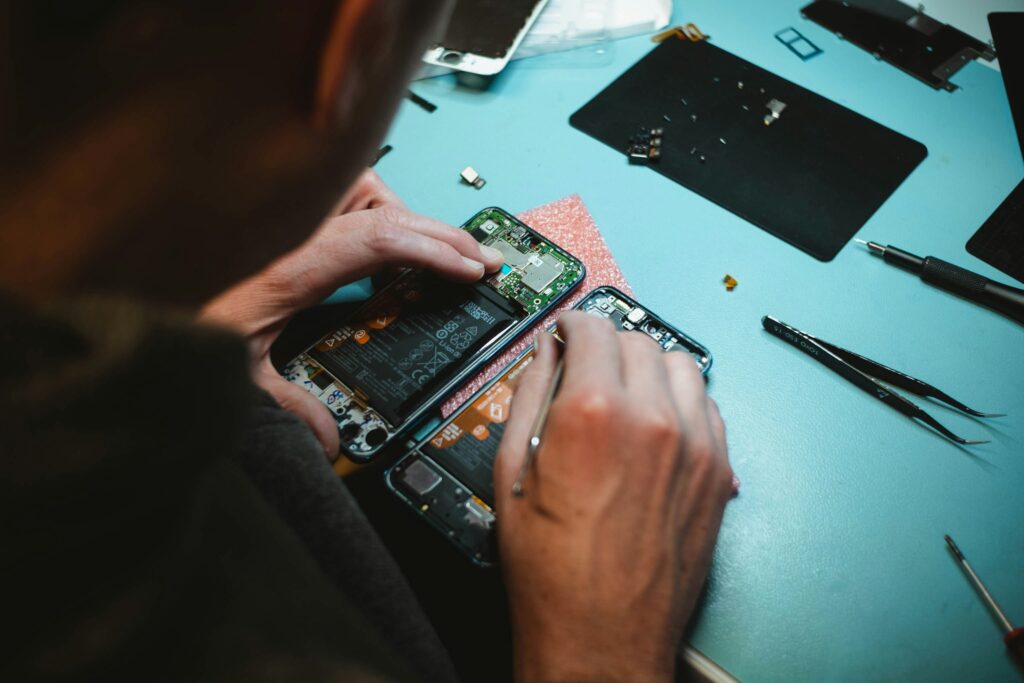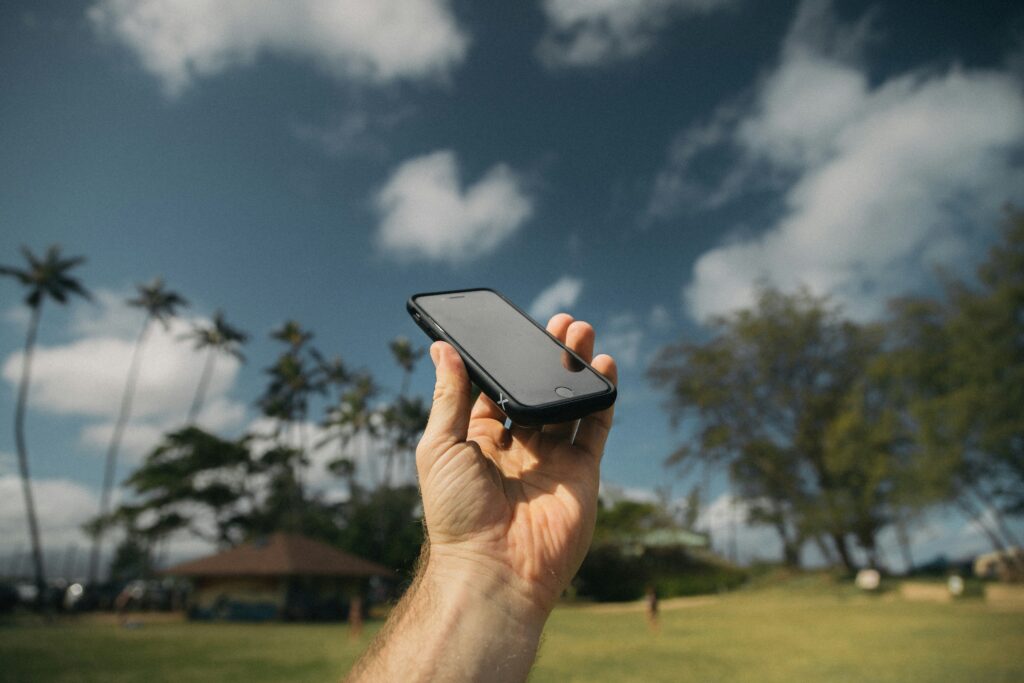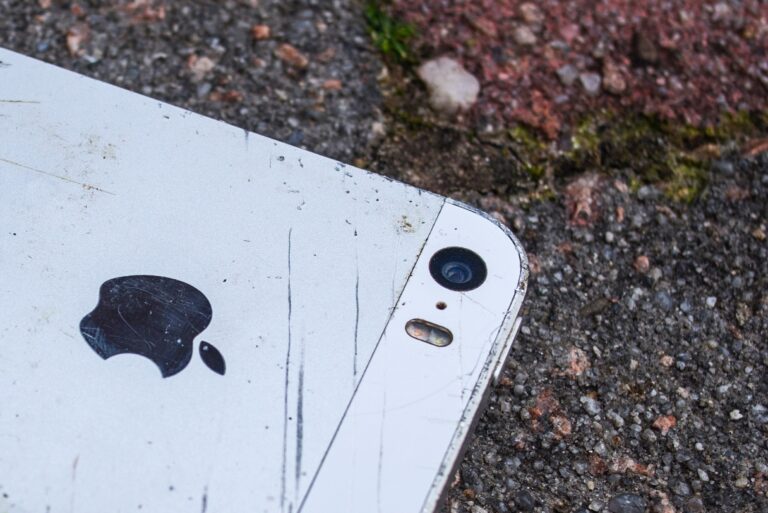
Six billion units: the Life Cycle of a Smartphone
As part of our iCon campaign, Population Matters has produced a new educational animation to unpack the environmental impact of buying a smartphone, revealing the unseen damage a new smartphone causes the planet.
Watch the Life Cycle of a Smartphone to discover the environmental destruction a smartphone has caused before it even ends up in your hand:
Upgrade Madness
The Life Cycle of a Smartphone highlights the environmental damage caused every time a new smartphone is manufactured, shipped, and later discarded, adding to the growing problem of e-waste. Yet, despite the damage caused by manufacturing new smartphones, we’re still encouraged to upgrade our devices to the latest models.
Last year, a poll conducted by Population Matters found that 43% of respondents felt that manufacturers and retailers should do more to help customers extend the lifespan of their current phones.
42% agreed with the statement that ‘upgrade culture’ (encouraging people to buy the latest handset every year or more) is just a way of getting people to spend more money when they don’t really need to.
On Black Friday 2023, Population Matters wrote to phone retailers calling upon them to stop marketing phone upgrades, you can read our letter here.
Our letter received a positive response from O2 Virgin Media, who emphasised their commitment to reduce e-waste through their recycling schemes and eco-rating service for customers.
Population Matter’s We Don’t Buy It campaign recognises that it’s not just population growth that is causing environmental destruction, but also are overconsumption of resources. Our collective overconsumption reflected in our desire to constantly “upgrade” our phones, ignoring the environmental harm are unsustainable demand causes the planet.
To protect the environment, we don’t just need to reduce our numbers, but also reduce our demand for manufactured goods that we simply don’t need – but marketing campaigns encourage us to buy, buy, buy.
It’s unlikely companies will stop manufacturing new phone models or marketing upgrades, as for now that’s where their profits lie.
However, as a conscious consumer you can make the greener choice to get your phone repaired or buy a refurbished device instead. To help you, we’ve compiled a list of services down below.
Don’t Buy, Repair Instead
Extending the life of your smartphone is one of the best ways to reduce its environmental impact as it reduces e-waste and lowers its carbon footprint.
There is an ongoing right to repair movement to remove barriers to repair products, so they can last longer, reduce demand for raw resources and decrease carbon emissions.
To get your smartphone repaired here’s a list of available services:
UK
USA
Australia
Europe
Global

Recycle, Recycle, Recycle
Smartphones contain valuable metals such as lithium, gold, silver, copper, tungsten and more – these precious metals can become e-waste if old devices are thrown away or forgotten about in a draw.
So, if you have any old phones lying around at home, then why not recycle them so that those precious metals and other component parts can be put to use again, helping to lessen demand for mining raw materials instead.
Many recycling schemes even offer cash for your old phones, benefiting you and the planet.
Remember before recycling any old devices, you should always factory reset a phone to wipe your personal data and protect your privacy.
To factory reset an iPhone, go to: Settings > General > Reset. Select Erase All Content and Settings.
To factory reset an Android, go to: Settings > System > Advanced > Reset, or similar. Look for the reset type labelled “factory reset” or “erase all data”.
After you’ve done that, there are plenty of options for you to recycle your old phones so it can do some good elsewhere
There are even organisations where you can recycle your old phone with the money going to charity.
Such as Fonebank, a phone trade-in site, that allows you to donate part or all the proceeds to one of three charities – WaterAid, Oxfam, or the National Trust.
Alternatively, you could recycle your phone directly with a charity such as Oxfam.
Or support Hubbub’s Community Calling scheme in partnership with O2, who provide phones to people without internet access in the UK.

Even Better Than New
If your phone is beyond repair or you simply want to purchase a new type of phone, then instead of buying a new phone, the more ecofriendly option is to purchase a refurbished device instead.
Refurbished phones are pre-owned devices that have been restored to their original condition and sold at a lower price than their brand-new counterparts – they’re cheaper and greener.
Most phone retailers aren’t as keen to promote their lines of refurbished devices, which is a shame, as they’re far better for the planet.
You can look for refurbished phones here:
Or you can purchase a device from Fairphone – a Dutch electronics manufacturer that designs and produces smartphones with minimising the environmental impact of its devices in mind. Fairphone uses recycled and fairtrade materials, as well as ethical labour sources, and continues to actively campaign about the issue of e-waste.
Ultimately, the life cycle of your smartphone is quite literally in your hands. Any efforts you take to repair or recycle your device will help to reduce its environmental impact and help the planet instead.


